The IDF airstrike on Lebanon early Thursday morning signifies not only an uptick in the Israeli military response to rockets fired from across the Lebanese border, but also a better understanding of the threats posed by Palestinian factions in that area.
Unlike the previous incidents of rocket fire in recent months, that were launched from improvised launchers, Wednesday's attack was carried out by a more precise military-grade and multi-barreled Katyusha rocket launcher, positioned on a truck to allow maximum mobility.
5 View gallery
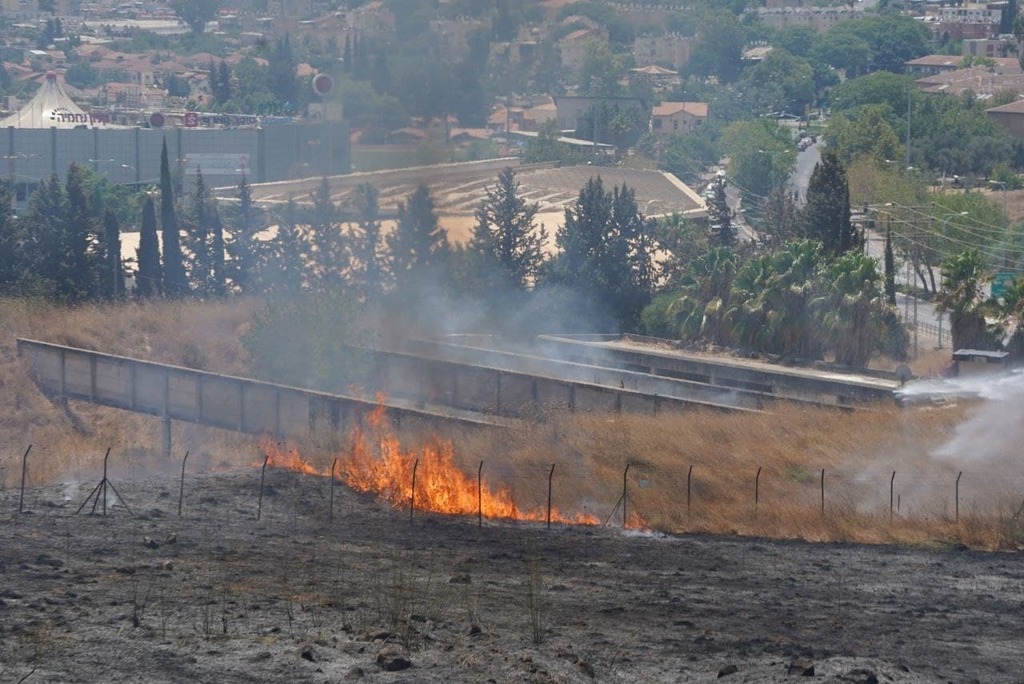

Fire burns at the scene of a rocket strike from Lebanon close to the northern city of Kiryat Shmona on Wednesday
(Photo: Effi Sharir)
The rockets were fired from an area north of the Litani River, near the town of Mahmoudiya, which is controlled by the Iran-backed Hezbollah terror group.
A narrow road leading to the village was used to launch the attack, targeting the Israeli border city of Kiryat Shmona just a few kilometers away.
The road was bombarded in the subsequent IAF airstrike, cutting access to the town where steep and rocky terrain makes any alternative access impossible.
The bombed road is a vital transportation route in the Marjayoun district and also favored as a launching pad for attacks by Palestinian factions.
5 View gallery
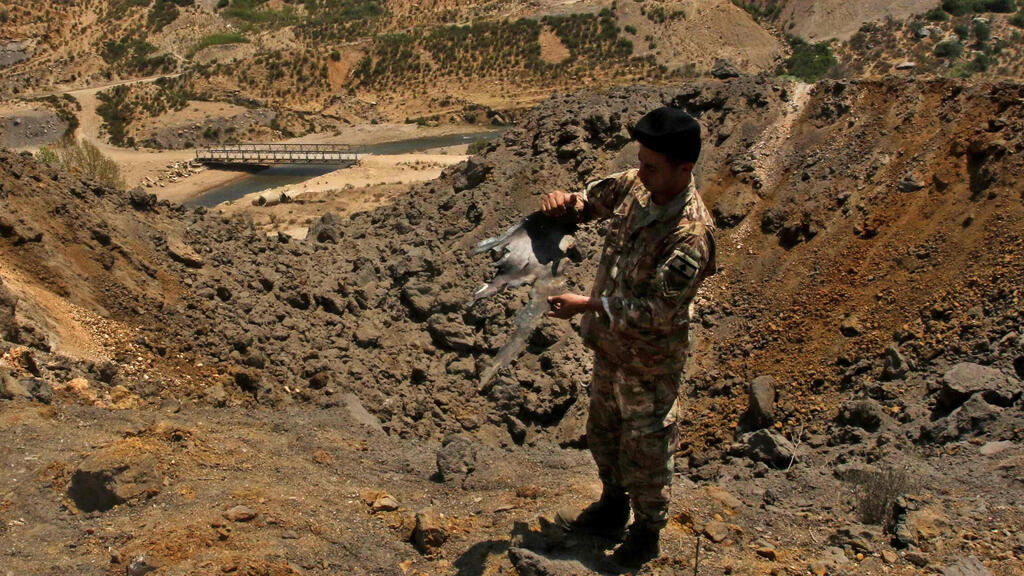

A Lebanese soldier holds up a purported fragment of an Israeli bomb as he stands beside a crater said made by an overnight IAF strike in southern Lebanon, August 5, 2021
(Photo: AFP)
The Hezbollah forces and the Lebanese troops deployed in the south of the country could easily prevent such attacks. But apparently they don't.
The IAF strike was the first carried out by Israel in southern Lebanon in eight years, and sends a clear message to Hezbollah and the Lebanese government and its military that Israel will not hesitate to strike infrastructure in Lebanon if its sovereignty is violated.
During the Second Lebanon War in 2006, the government of then-prime minister Ehud Olmert refrained from attacking local infrastructure following requests by the U.S.
After that war, Israeli leaders came to the conclusion that refraining from such attacks had been a strategic error that enabled Hezbollah to prolong the fighting.
5 View gallery
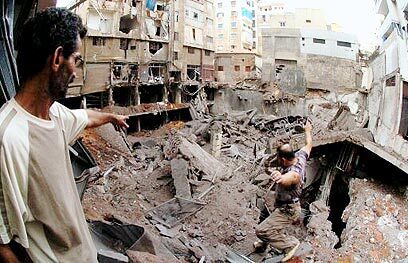

Hezbollah's stronghold in the Beirut neighborhood of Dahiya after it was bombed by Israel during the Second Lebanon War
(Photo: Reuters)
In 2008, then-IDF chief of staff Gadi Eisenkot instituted what he called the Dahiya Doctrine, named after the Dahiya neighborhood of Beirut, a Hezbollah stronghold, which was severely damaged by the IDF during the war.
The doctrine encompasses the use of asymmetrical warfare to destroy an enemy's infrastructure and Eisenkot warned at the time that a future war between Israel and Lebanon would include the destruction of civilian infrastructure.
The recent strike on South Lebanon was a clear indication that the doctrine is alive and well. The road that was destroyed was used by both civilians and militant groups.
5 View gallery
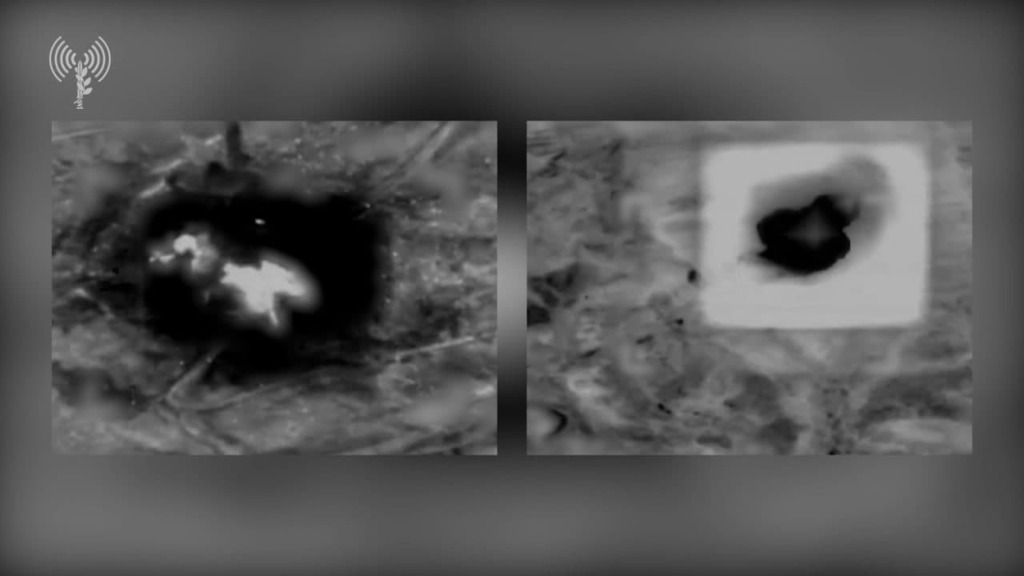

IDF images of an airstrike on targets in southern Lebanon on Thursday morning
(Photo: IDF Spokesperson's Unit)
According to Israeli officials, despite the economic crisis in Lebanon and the growing number of desertions, the Lebanese army is still capable of entering Palestinian refugee camps in the south and locating the mobile rocket launcher used in the attack that caught Israel, UN peacekeepers in southern Lebanon and the Lebanese government by surprise.
Aside from its demands for the Lebanese army and Hezbollah to act against the armed Palestinian factions, Israel must also improve its own intelligence-gathering capabilities that have thus far concentrated on Hezbollah and the weapons being amassed in the Palestinian camps.
This intelligence gap must be closed quickly because the Palestinian factions have been allowed to increase their military strength and pose a real threat to the Israeli forces along the border.
5 View gallery
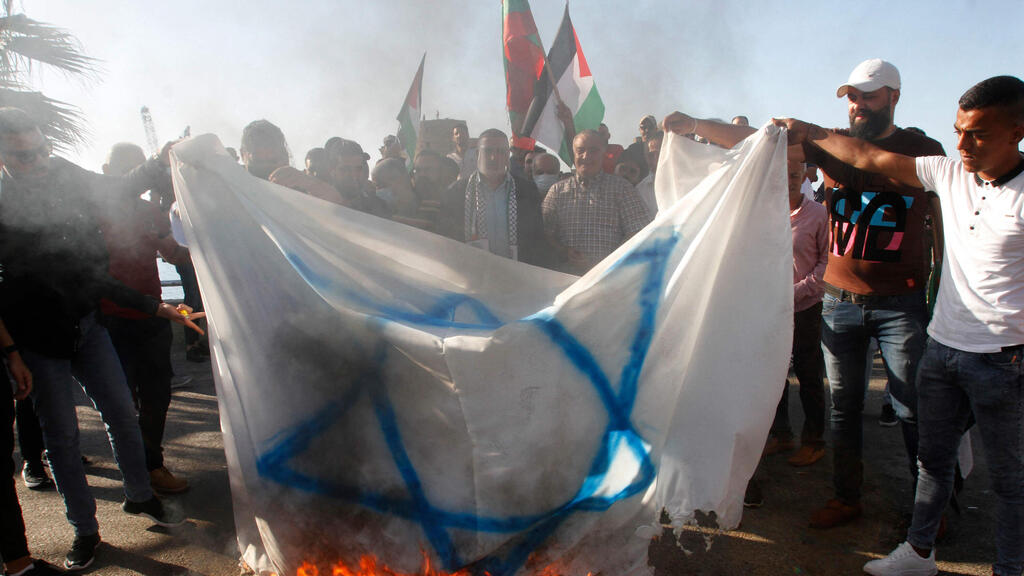

Palestinians burn a makeshift Israeli flag during an anti-Israel demonstration in southern Lebanon in June
(Photo: AFP)
A similar lack of intelligence during the recent fighting with Gaza saw the IDF surprised by the number and precision of long-range missiles in the hands of Hamas and Islamic Jihad.
Israel must realize that the same process is now taking place in the Palestinian refugee camps in southern Lebanon. It must work to combat this before northern Israel experiences the same regular rocket attacks that the southern part of the country has been subjected to for years - if not something worse.

